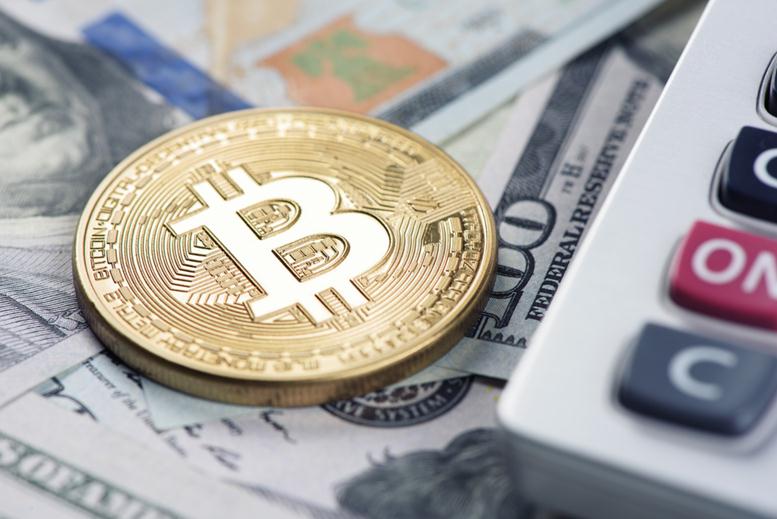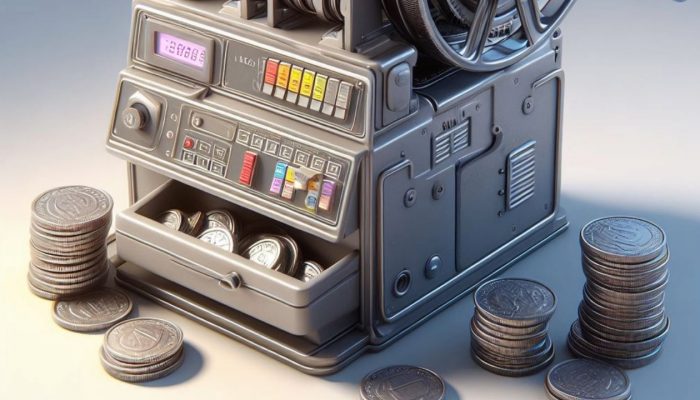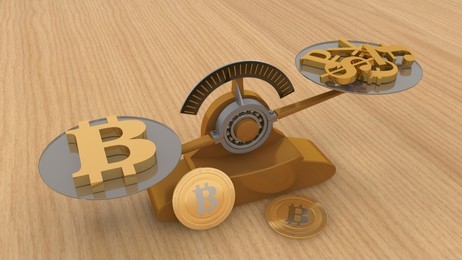Interested in learning how to buy Bitcoin? First, you need to master the basics. After that, the next step will be acquiring some of the digital currency. But how, you ask? Below is a guide that will tell you everything you need to know.
Let’s walk the process of buying bitcoin and setting up your bitcoin wallet!
Step 1: Buying Bitcoin
First and foremost, remember that you can buy bitcoins from exchanges or directly from other people via marketplaces.
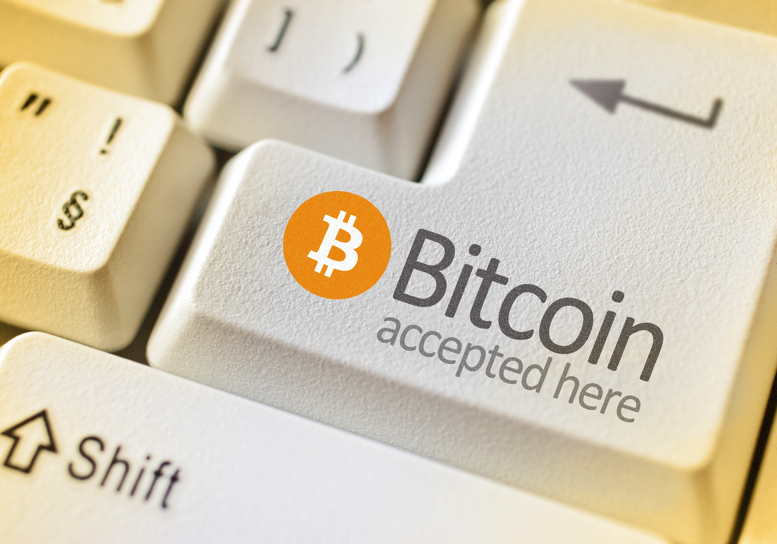
When purchasing bitcoins, the user has the option of paying in hard cash, credit cards, debit cards, wire transfers, and even other cryptocurrencies. Keep in mind it will all depend on who you are buying the bitcoins from and where you live.
Surprisingly, it is still not an easy process to purchase bitcoins with your PayPal account or credit card, depending on your jurisdiction.
Why? Because such transactions can easily be reversed with a simple phone call to the card company (this is referred to as “chargebacks”). Due to the fact that it is hard to prove any goods changed hands in a transfer of bitcoins, exchanges tend to steer clear of this payment method, as do most private sellers.
But, the options have started to grow for consumers in a number of countries.
In the United States, for instance, Circle and Coinbase offer purchases with credit cards. Further, CoinCorner, Bittylicious, and Coinbase offer this service in the United Kingdom, accepting 3D Secure-enabled debit and credit cards on the MasterCard and Visa networks.
If you are an underbanked consumer in the United States, you can turn to expresscoin, which was launched to service this market, accepting personal checks, wire transfers, and money orders.
Step 2: Setting Up Your Bitcoin Wallet
After you buy your bitcoins, you will need to get yourself a bitcoin wallet. Essentially this will be your go-to place to store your new bitcoins. In the world of bitcoin, this is referred to as a ‘wallet’, but some prefer to think of it as a kind of bank account. This shouldn’t take more than two minutes to set up.
You have the option to choose the security level you want in your bitcoin wallet, as each wallet provides different levels of security. For instance, some wallets act like everyday spending accounts and could be compared to a conventional leather wallet, while others provide military-grade protection.
Here are the top 3 options for bitcoin wallets:
-
A software wallet that is stored on the hard drive of your computer
-
An online web-based service
-
A ‘vault’ service which works to keep your bitcoins protected offline or multisig wallet which uses a number of keys to protect your account
Keep in mind that, like most things, these wallets have their fair share of vulnerabilities. For instance, if you store bitcoins locally on your computer, you have to make sure that you backup your wallet regularly just in case the drive becomes corrupted.
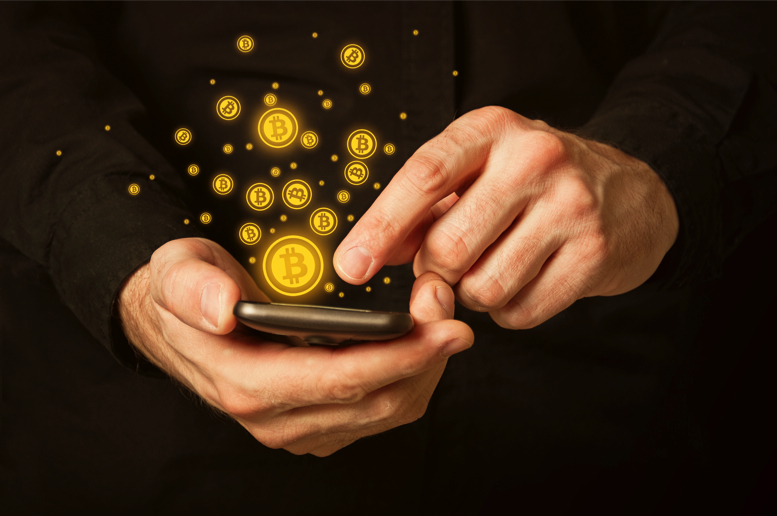
Online and Exchanges Wallets
Bitcoin rookies will discover a number of wallets and exchanges competing for their business.
In fact, some are full-blown exchanges for institutional traders. Others are simpler wallet services that have more limited buying and selling capabilities.
If you are looking to engage in regular trading and speculation, and don’t need 100% anonymity or don’t mind long bureaucratic setup procedures that tend to involve proof of identity and providing detailed contact information, your best options are exchanges and wallets.
For the most part, this is the law in the majority of countries and no regulated exchange can work its way around it, as any company interfacing with the financial system must meet “know your customer” requirements as well as anti-money laundering requirements.
Additionally, the best exchange option depends on your location.
Back in 2015, the largest full trading exchanges by volume in the world were Bitfinex (Hong Kong), BTC-e (unknown), Huobi (China and Hong Kong), Bitstamp (United States), BITCC (China), and OKCoin (China).
For those who don’t know, Coinbase is a wallet and exchange service that also trades US dollars and euros for bitcoins. Coinbase has both web and mobile apps. It was originally a US-only service, but it has recently opened up to a number of countries in Europe. Further, Circle offers users around the globe the chance to send, receive, store, and exchange bitcoins.
Xapo, a wallet and bitcoin debit card provider, has also made a name for itself as of late, offering deposits in fiat currency that are converted to bitcoin in an individual’s account.
Additionally, Coinjar is worth adding to your radar as it was the market leader in 2015 in Australia. The Melbourne-based wallet and exchange provider raised $500k AUD in venture funding. Not to mention Coinjar won an award at Finovate Europe 2015 for their user experience.
Last but not least, Unocoin is an exchange that is aimed at the Indian market. It allows users to sell, buy and store bitcoins. Deposits are able to be made through any national online bank or through NEFT/RTGS. Keep in mind registration with a PAN card is required to use the site’s services.
After you have set up your account, and have a bitcoin wallet, an individual will be asked to link an existing bank account and arrange to move funds between the two via wire transfer. Generally speaking, this will include a fee. Depending on the exchange, some will allow for the individual to make a deposit in person to their bank account (that is, through a human teller, and not an ATM machine).
Even though most people in most countries have the ability to transfer money to overseas accounts, fees tend to be much higher and the individual may face more long delays when changing their bitcoins back into fiat currency.
It is important to mention that if you are asked to link a bank account to use the exchange, it may only admit banks from that region or country.
The Takeaway
If you purchase but don’t spend your Bitcoins or exchange them with other currency, it can be very easy to forget all about them. The best way to avoid this is to start using your wallet immediately. And as always, make sure you read reviews and the fine print before finalizing any purchases or exchanges with your Bitcoin!
Featured Image: Depositphotos/© spaxiax





